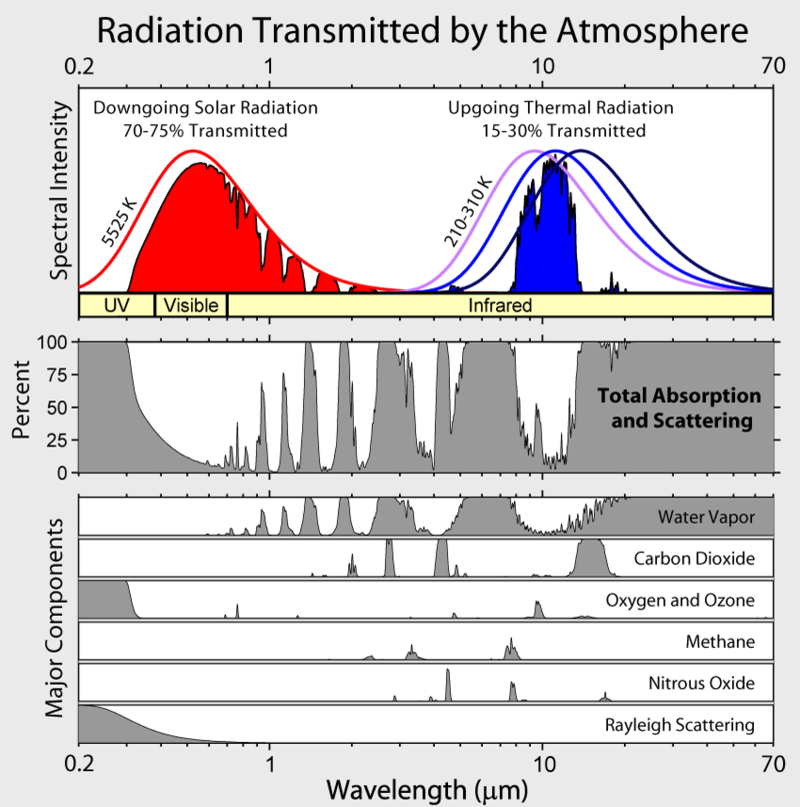Nope. Water is. Here's the effects of the various greenhouse gases in a CLEAR (important note there) atmosphere:CO2 is the dominant and most effective greenhouse gas

It is certainly true that CO2 is the greatest _forcing_ that we are seeing (in other words, the greatest change to our atmosphere in the last 150 years or so.) But from a top level perspective, water vapor dominates. In terms of percentages of total greenhouse effect:
Water vapor 36-72%
Carbon dioxide 9-26%
Methane 4-9%
Ozone 3-7%
The range is so wide for water because there's a lot more water in the atmosphere in some places than others. So at night in Seattle you'll get a much larger percentage of greenhouse effect from water than you will at night in the Mojave. (And if there's not a lot of water, CO2 and the other gases makes up a larger percentage of the total.)
